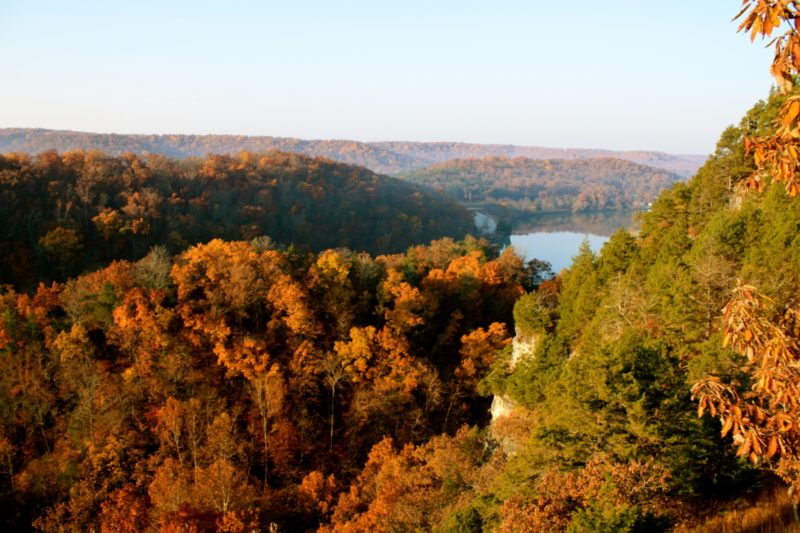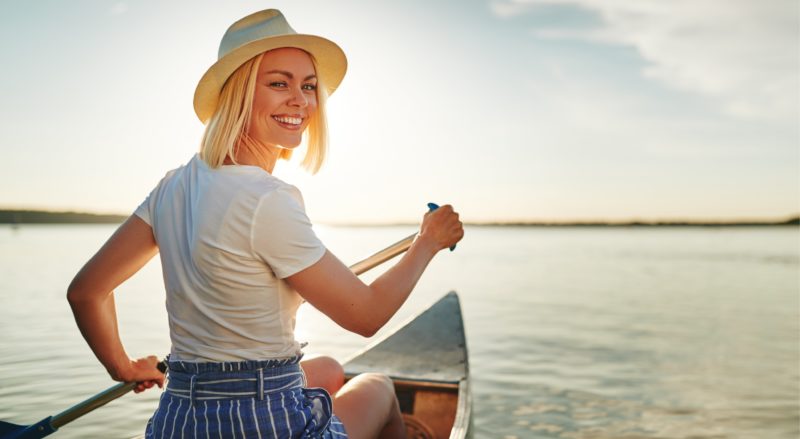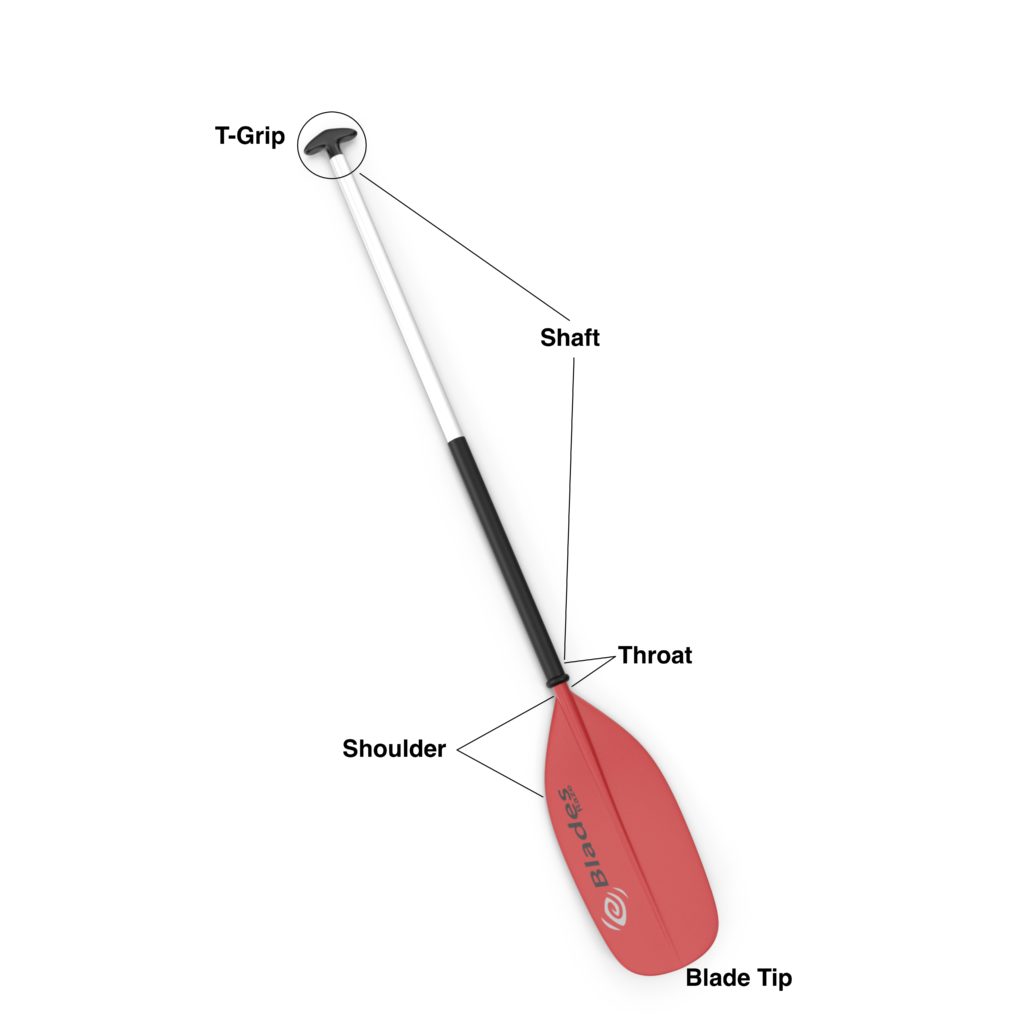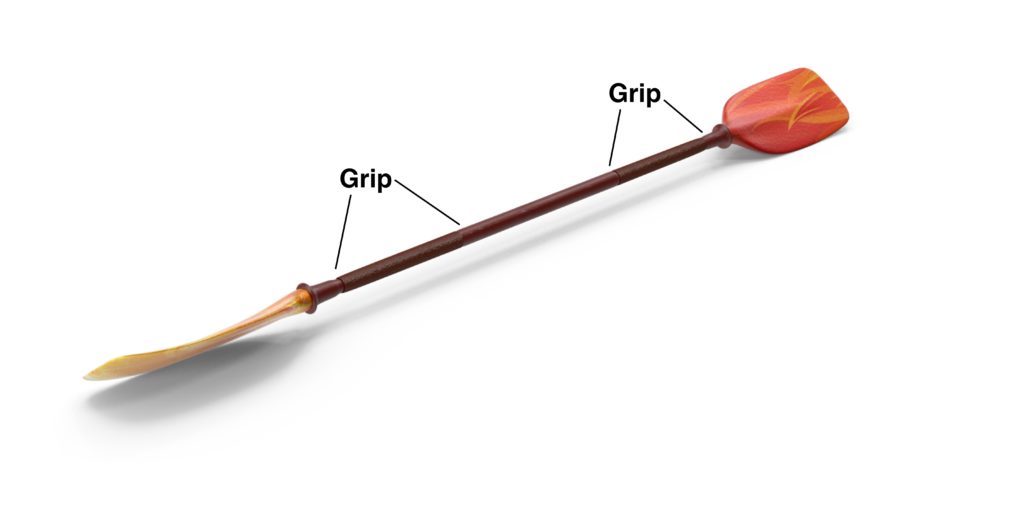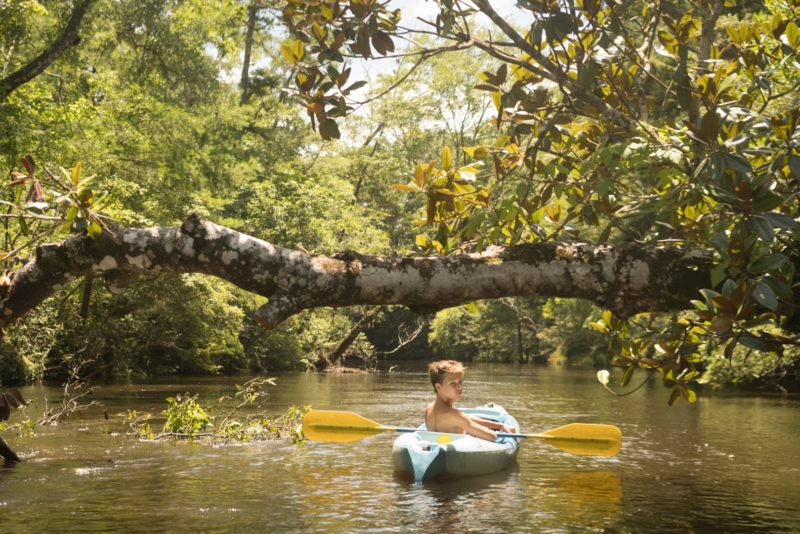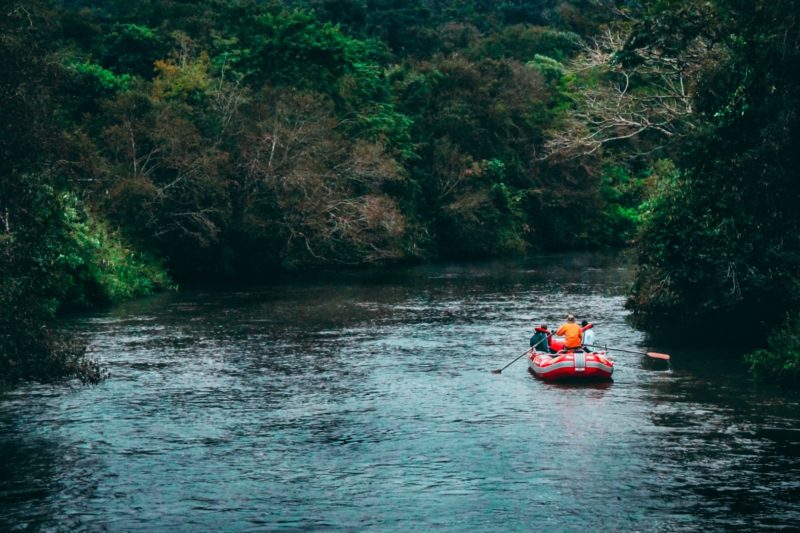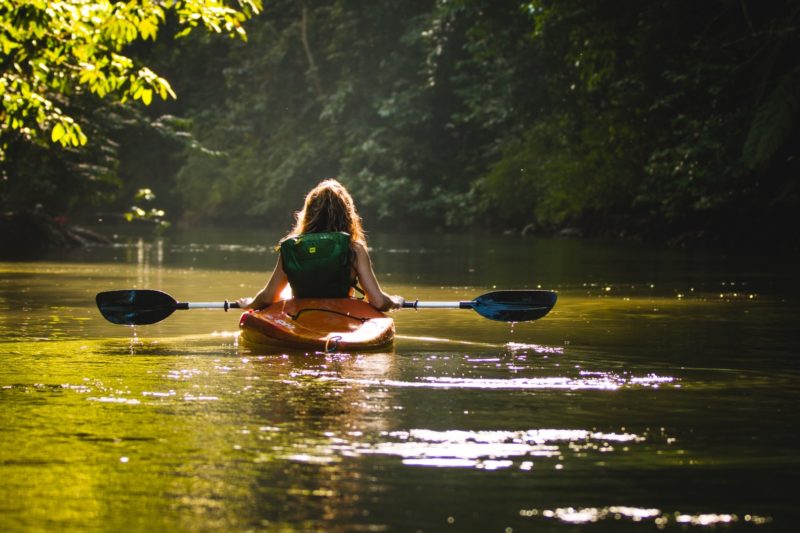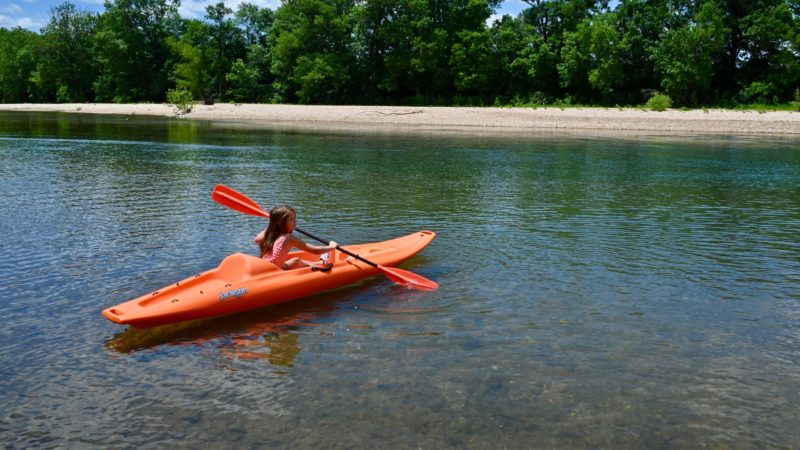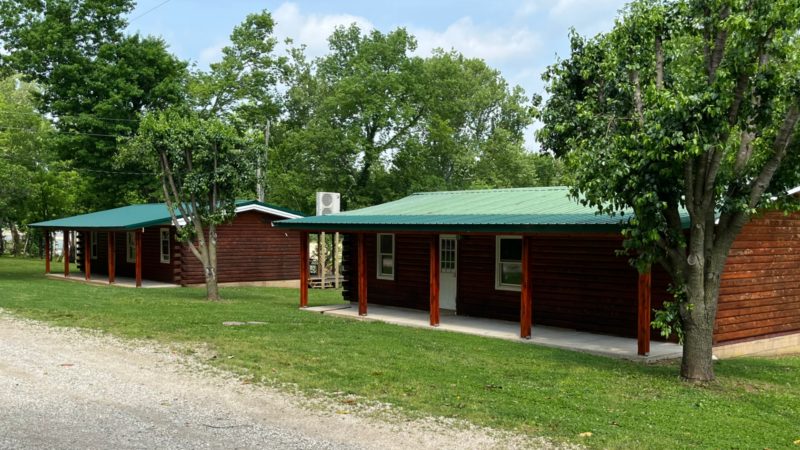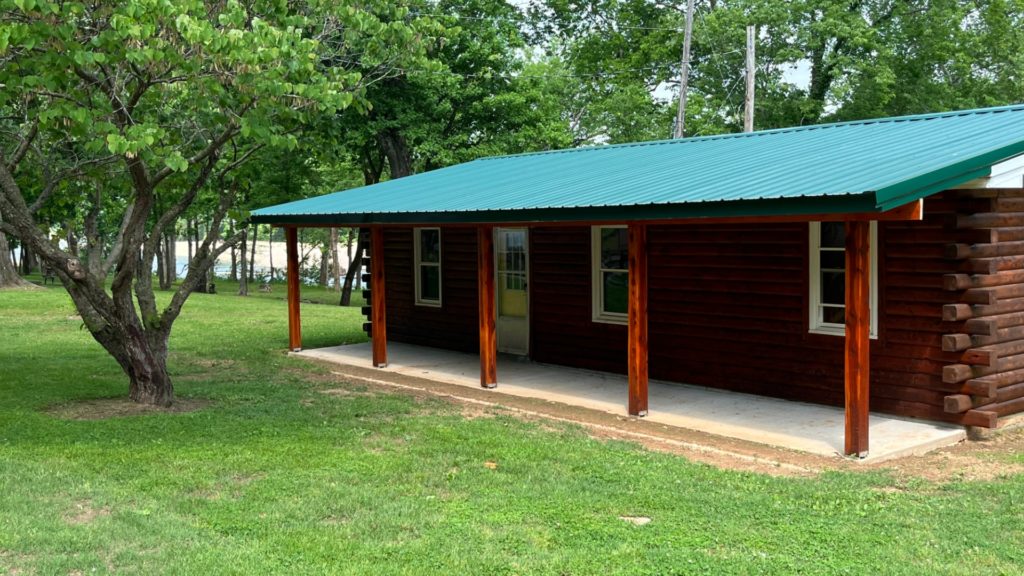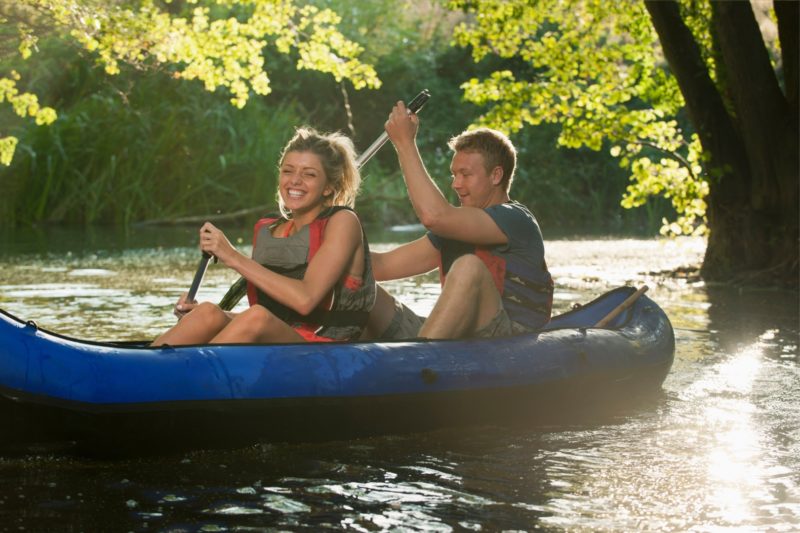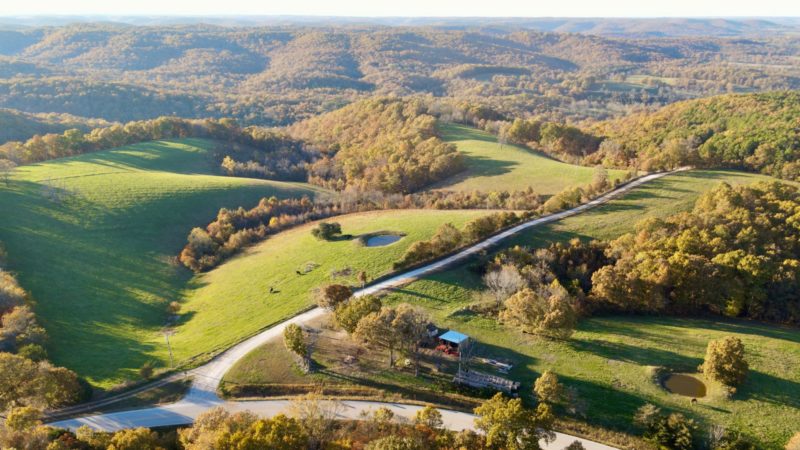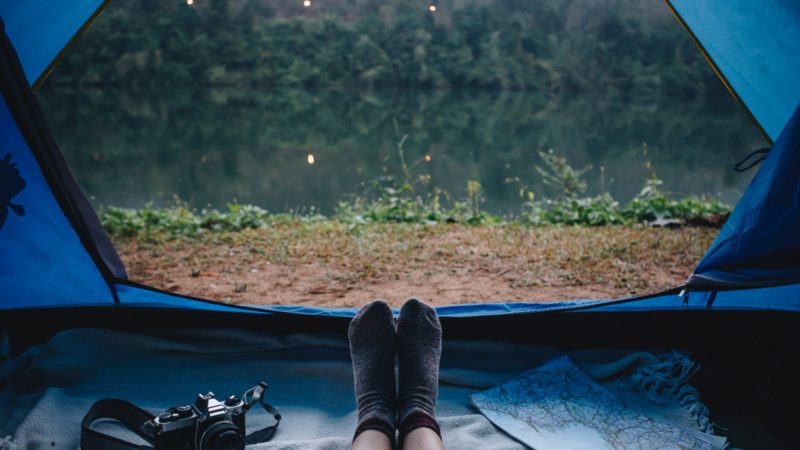Fall is just days away, and there’s no better time to book an Autumn float trip than right now! To better prepare you for the Fall colors, we’ve put together this easy reference guide to help you identify those beautiful fall foliage.
Like so many states with striking Fall colors, Missouri is no exception. Fall in Missouri can last four to six weeks with showy displays of vibrant reds, brilliant oranges, dazzling golds, and bold purples.
Mid-October is often the time to take in those Fall colors. Although Missouri is host to a wide variety of foliage and plant life, residents are lucky to see the showy display that begins mid-September and wraps up sometime in mid-November.
Mid-September Foliage
In about one week, early Fall colors emerge. Among the top forerunners of Fall color displays are:
- Sassafras Tree
- Sumac Shrub
- Virginia Creeper Vine
Sassafras Trees
The leaves of a sassafras tree are uniquely shaped teardrops, often coming to three rounded points on each leaf. In early autumn, the sassafras leaves give off a brilliant display of reds, oranges, and yellows that intermingle with the natural bright green.
Sumac Shrub
The sumac bush is a magnificent sight of all the shrubs during the Fall. Its fern-like foliage lights up a forest floor with oranges, purples, and reds.
Virginia Creeper Vine
The Virginia creeper vine will adorn all it climbs with its rich hues of red. Unlike other North American creeping vines, like poison ivy, which display oranges and yellows, the Virginia creeper will envelop a tree trunk or building with Mother Nature’s paint.
Peak Fall Colors
By mid-October, the Fall color heavyweights completely take over, which include the:
- Maple trees
- Ash varieties
- Oak woods
- Hickory trees
Maple Trees
The maple tree is well-known for giving a dazzling Fall show of rich reds, golden yellows, and orange ambers. Although there are 100 maple varieties around the globe, only twelve are native to the North American continent. The Missouri Department of Conservation only recognizes five as native to our state.
- Silver, or soft, maple
- Red maple
- Sugar, also known as a hard or black maple
- Box elder, or ash-leaved maple
- Amur, or Siberian, maple
Ash Varieties
Of the nearly 60 species of ash tree found all over the World, Missouri has six native varieties that range in magnificent hues of reds, golden yellows, brilliant oranges, and deep purples.
- Green
- White
- Blue
- Pumpkin
- Sullivan
- Biltmore
Oak Wood
Oak trees grow abundantly throughout Missouri, with nearly 22 known species and 30 oak hybrids. The Fall colors of the oak tree consist of deep reddish browns to dark, dusty yellows.
With nearly four out of every five trees in Missouri being oak trees, it’s easy to understand how you might think the Missouri state tree is an oak. But you would be wrong; the state tree is the flowering dogwood.
Hickory Trees
Although hickory trees are prevalent throughout Missouri, only 17 known species exist worldwide. Fifteen of those species reside on the North American Continent. Interestingly, there are eight species of hickory native to Missouri.
The hickory tree produces deep rich reds, yellows, and purples during peak Fall colors in Mid-October.
Book Your Fall Elk River Float Trip
Now that you know how to identify the foliage along your float down the Elk River this Autumn, you can book a relaxing Fall float trip for you and your family by contacting the premier rental location for Elk River float trips at the Lazy Days Resort & Campground in Noel, MO.
If you’re looking for a relaxing Fall weekend stay, Lazy Days Campground offers premier Elk River RVing, tent campsites, and cabin rentals. Call Lazy Days Resort today to book your Elk River RVing site now!
The resort is a one-minute drive southwest of Interstate 49; take exit 5 at mile marker 6. The resort sits nestled between the Ozark mountain towns of Noel and Pineville, Missouri.
We invite you to read past guest experiences at Lazy Days Resort.
